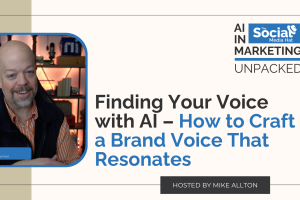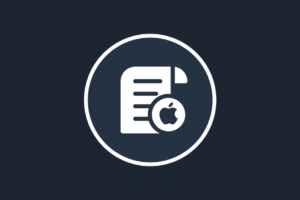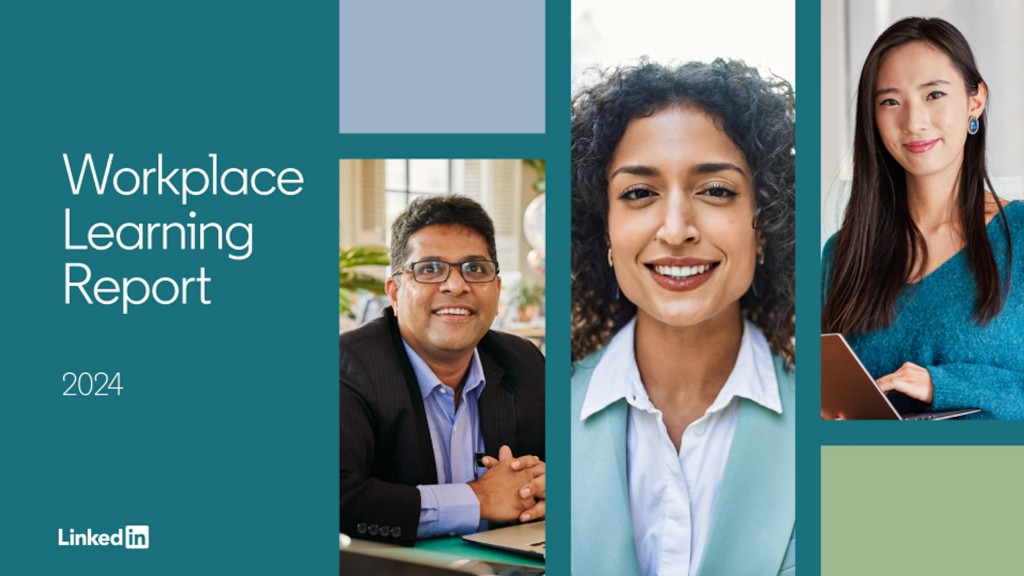As artificial intelligence transforms how we work and plan our careers, those of us in learning and talent development have an updated mission: helping people and organizations adapt and thrive in this new era.
The 2024 Workplace Learning Report is here to help. And if there’s one most important takeaway this year, it’s this: To unlock AI transformation and build organizational readiness from a people perspective, we must lean into employee career development and, more broadly, into building an intentional learning culture.
As the report says: “In a world awake to AI’s impact, skill-building is no longer simply a perk for employees — it’s a priority for organizational success.” Supporting employees with tools and tactics to grow in their professions is an urgent priority, and it’s the best path to developing the strategic skills that will drive business impact for your company.
Learning, the report says, is also “the secret sauce to create camaraderie and meaning” that will energize effective teams. Consider these data points:
- 7 in 10 people say learning improves their sense of connection to their organization
- 8 in 10 people say learning adds purpose to their work
Keep reading for my full perspective, along with my favorite ideas and insights from the report.
Here’s why career development and learning culture are critical
Many of us are still wrapping our heads around the impact of AI on skills and business priorities, but it’s clear that AI tools are already starting to shape day-to-day work, with the potential to make people and companies immensely more productive and successful.
To thrive in today’s ever-evolving landscape, we must position ourselves to capitalize on three important trends, all called out in the report:
- People crave AI skills. The report finds that four in five people want to learn more about how to use AI in their profession. (LinkedIn Learning has unlocked 250 AI courses to help meet this need.)
- Employees are motivated by career progress. Learners who set career goals engage with learning 4x more than those who don’t set goals. And accelerated learning drives business impact, which I’ll cover in the next section.
- Companies must embrace both AI skills and career development to energize and retain talent. The report finds that 90% of organizations are concerned about employee retention and providing learning opportunities is the No. 1 retention strategy.
At LinkedIn, we see career development as a “virtuous cycle.” Employee growth speeds company growth, which in turn powers employee engagement, retention, and further growth. A former leader I worked with talked about “growing talent faster than the company,” which is very fitting in this context I believe.
The virtuous cycle referred to above requires a systemic approach and creating a continuous learning culture is a key ingredient. Microsoft CEO Satya Nadella says we need to move from a “know it all” to a “learn it all” culture, and I think this sums it up really well. In my experience there are a number of ingredients that help build an intentional learning culture:
- Tailor learning to each employee and their career goals
- Foster intentional internal mobility
- Train managers to support professional development as a core skill
- Inspire role-modeling from executives to encourage a lifelong learning mindset
- Enable flexible learning opportunities (including accessible, easy-to-use learning software)
New data opens the door to C-suite conversations
Right now, amid the high-stakes opportunities of AI, L&D’s ability to drive important work and show business impact has never been greater. Plus, the door to the C-suite is opening wider. The report finds that the number of learning pros who say L&D has a seat at the executive table is 58%, up five percentage points in two years.
When it’s time to meet with executives, the report offers some compelling new data from the LinkedIn platform. Let me explain how the analysis worked. First, the LinkedIn data science team scored companies on a learning culture index based on:
- The size of the company’s L&D team
- The rate of its employee skill development
- The volume of the company’s learning-related posts on the LinkedIn platform
The analysis then looked at how companies perform on key measures of success, finding that, compared with companies with smaller levels of commitment, organizations with strong learning cultures see:
- 7% healthier management pipelines
- 23% more internal mobility
- 57% higher rates of retention
Successful career development strategies include common building blocks
The report also looks at companies with “mature career development” initiatives — meaning they invest in career programs that yield positive business results. These companies prioritize learning (68% have online learning programs) and have five other key practices in common:
- Leadership development programs
- Shared internal job postings
- Mentorship programs
- Individual career plans
- Internal mobility
If your company is just starting to build career development strategies, I urge you not to let the size of the task curb your momentum. Brainstorm easy wins and embrace the power of small steps forward. For example, simply encouraging managers to talk with team members about career development can have a positive impact.
Final thoughts: Now is also the time to cultivate bold thinking
While I strongly believe in celebrating signs of progress, big or small, I also encourage you to seize the wide-open spirit of these times. To encourage your own creative thinking, the Workplace Learning Report concludes with bold ideas from voices around the globe. (This includes an idea of my own to overcome talent hoarding — be sure to read the report all the way to the end.)
Here is one my other favorite ideas, from Al Dea, founder at the Edge of Work:
“What if we treat career navigation as a mission-critical skill set? Leveraging relationships, identifying strengths and interests, and tapping into personal curiosity are all things that can help employees grow their careers — and fuel retention within your organization.”
As a complement to Al’s idea, I encourage you to remember that even as we develop new technology-driven skills, our original human skills (or soft skills) remain as relevant as ever. In fact, 91% of L&D pros agree that human skills are increasingly important.
Now I invite you to read the report in full. I also encourage you to read our companion report, the Future of Recruiting for predictions on how hiring will evolve in the years ahead.
Both reports will inspire rich conversation at Insights and Actions for the Age of AI, a LinkedIn Audio Event on March 15, led by Jennifer Shappley, VP of talent at LinkedIn. You can sign up here, then share the post to invite your LinkedIn contacts to join too.










